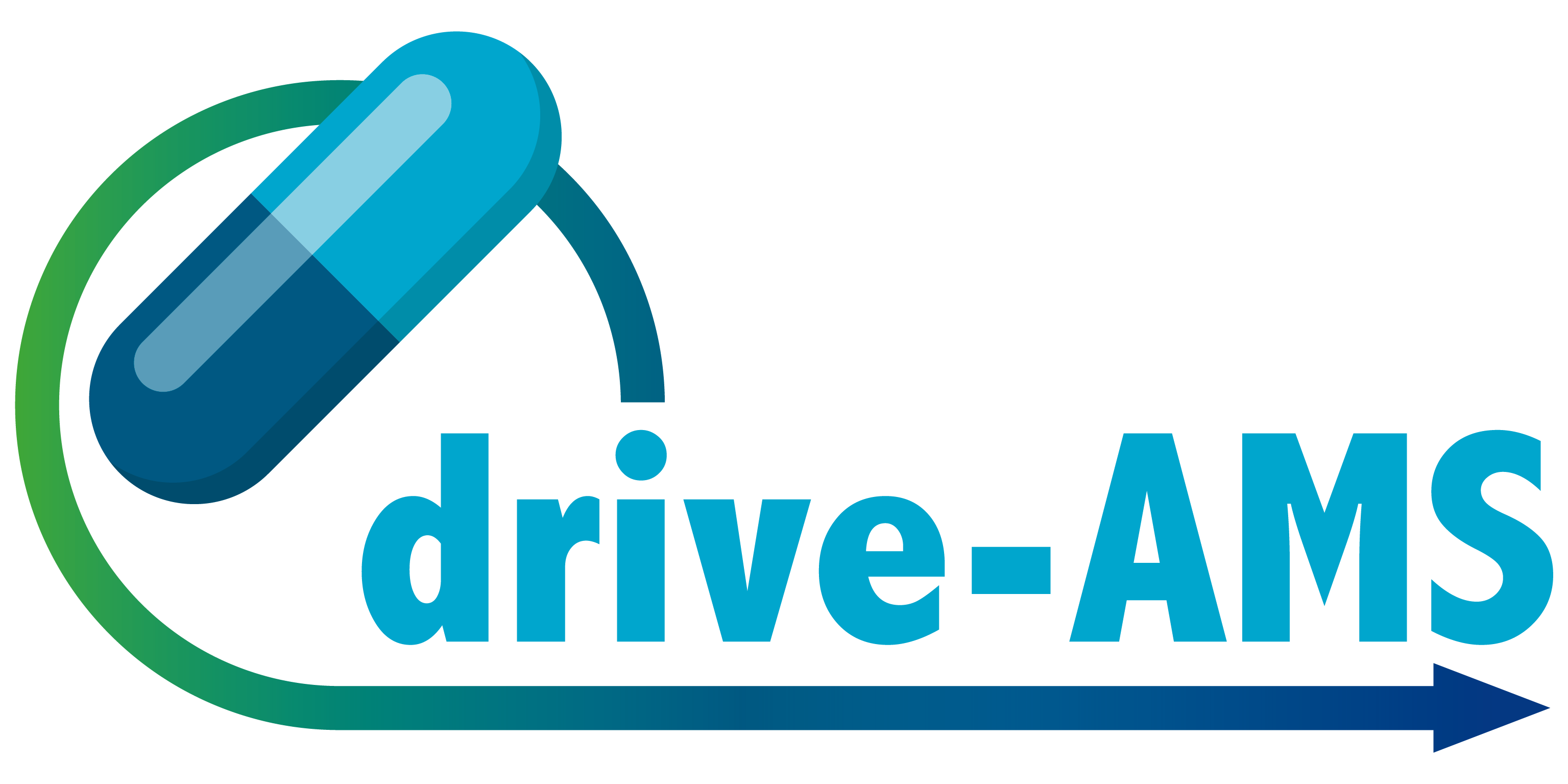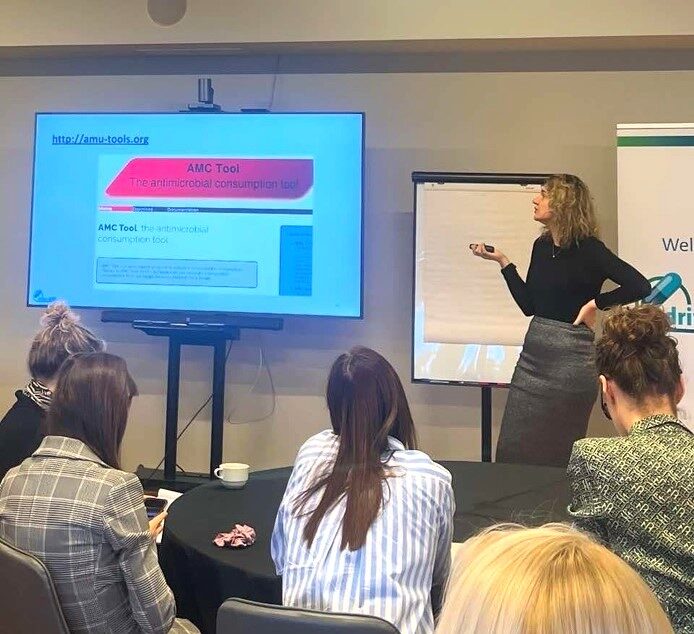Can you tell us a little about yourself and the work you do?
I am a clinical pharmacologist, MD and I’ve been working at the Lithuanian University of Health Sciences Hospital of Kaunas for almost five years. My main focus is to rationalize antibiotic prescriptions, which includes everything from paperwork to individual consultations, as well as lectures for doctors and nurses. AMS is a crucial part of my daily work, so participating in the drive-AMS program was a perfect fit for me.
What was your role in the drive-AMS course?
I was actually invited as a lecturer! Dr. Rolanda Valinteliene reached out, saying they needed a clinical pharmacologist to give a lecture on quantifiable indexes of antimicrobial use. And beyond that, I had the opportunity to participate in three days of lectures, debates and discussions, which gave me a much broader understanding of AMS.
This wasn’t your first experience with drive-AMS, was it?
No, my journey with drive-AMS started with the first country course in May last year. While I wasn’t part of the very first group that went to the Training-of-Trainers course in the Netherlands, I was included from that point on. That first experience was eye-opening for me, it made me realize that AMS is not just about medical knowledge but also about management. That insight inspired me to pursue a degree in management, so I could be more effective in implementing AMS initiatives.
What is the status of AMS implementation in your hospital?
We have an AMS committee, which I lead, as well as a team responsible for audits and policy implementation. Since November, we’ve been working at full speed, implementing guidelines on empirical antibiotic therapy, surgical prophylaxis, and the use of reserved antibiotics. After the recent drive-AMS course, my colleagues returned highly motivated and started raising awareness among their departments. Some even set up AMS information boards in doctor’s lounges to keep antibiotic stewardship top of mind.
What are the biggest challenges in implementing AMS?
The main challenge is time management. Many healthcare workers are already overworked, and additional AMS requirements – such as filling out paperwork for reserved antibiotics – can feel like a burden. I often hear complaints like, “Now I have to write more.” Changing that mindset is difficult. I personally attend doctors’ meetings to advocate for AMS, and that’s how I got the nickname “AMR girl”. I joke that all I need to do is show up, and people instantly remember the importance of antibiotic stewardship!
Are you measuring the impact of AMS initiatives in your hospital?
Yes, our AMS team conducts audits and oversees the Global Point Prevalence Survey (Global-PPS). We have developed a plan for interventions and will measure outcomes over time. We are also working on monitoring surgical prophylaxis and the exact quantity of antibiotics prescribed. One of our key goals for this year is to improve our hospital’s information system so we can track antibiotic prescriptions electronically. Right now, the pharmacy can only report how much was distributed to departments, but we need patient-specific data for accurate monitoring.
Final thoughts?
The organization of the drive-AMS course was really fantastic. We all found the course both informative and enjoyable, it was engaging, educational, with enough time to network and to relax. That’s a great balance for effective learning. We still have a lot of work to do in Lithuania, but drive-AMS has been instrumental in spreading awareness and providing the tools we need to make a difference. I’m excited about what we can achieve, and I hope to continue driving change!

